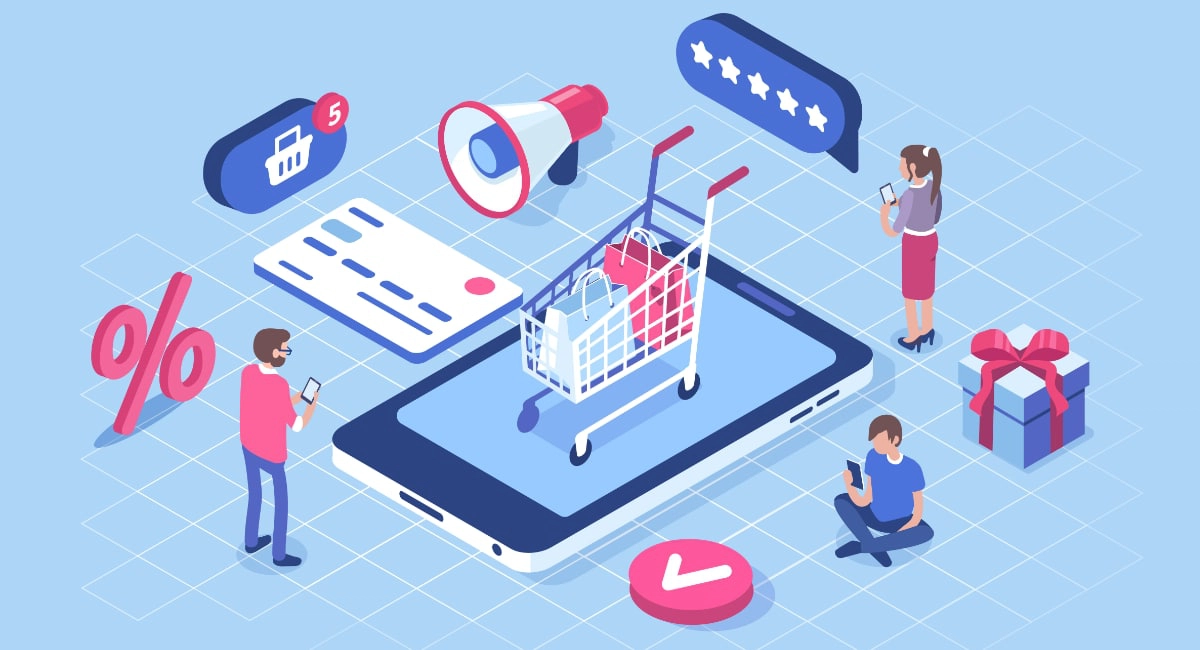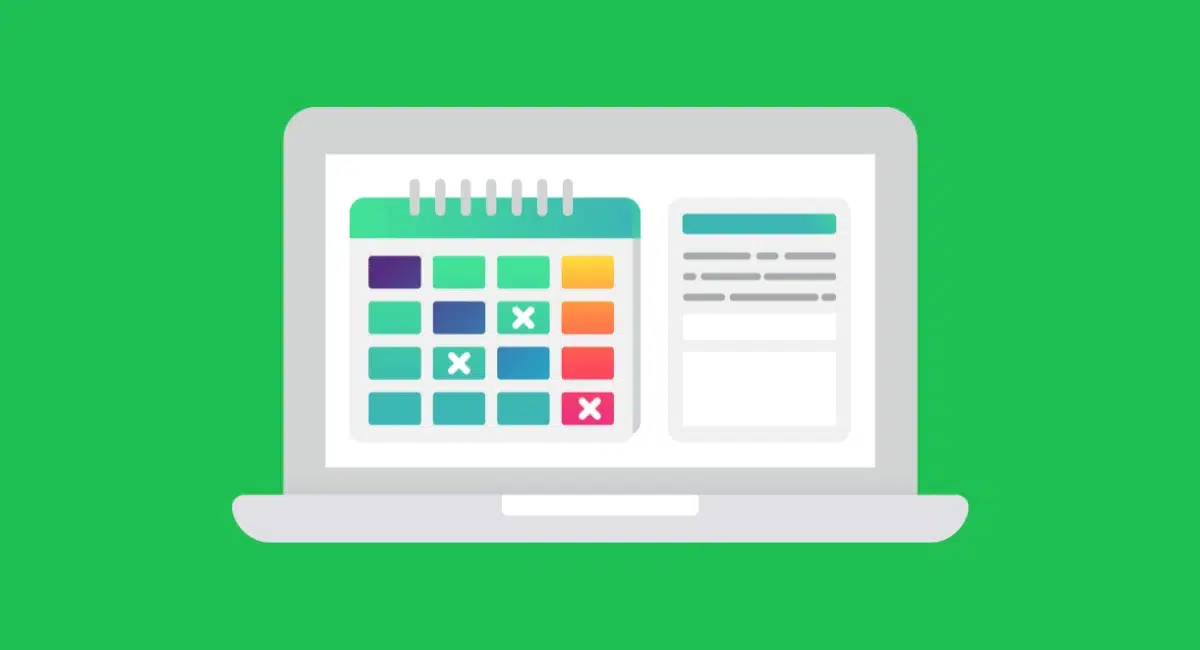No one quite predicted how 2020 would go down as the year of worldwide disruption with Covid-19 impacting every business.
High street shops have suffered majorly in face-to-face sales, while the ecommerce sector is booming more than ever.
How much did point of sale (POS) transactions suffer compared with online sales? Which types of products and services grew in sales over the year? And what can we expect from the ecommerce landscape in 2021?
In-person versus online sales
Lockdowns and social distancing around the world have caused significant losses in revenue for brick-and-mortar shops and hospitality.
In the UK, this has reflected in the ratio of retail sales made online compared to in physical stores. Ecommerce had already been growing steadily year-on-year at the expense of high street shops. In the first quarter of 2010, only 6.8% of sales in retail were made online – five years later in the first quarter of 2015, it was 12%.
In the first quarter of 2020 – just before coronavirus took its hold in Europe – 20.5% of all UK sales in retail was made online. This led to a spike of 31.4% in the second quarter of the year following the first nationwide lockdown in March, and went a bit down to 26.9% in the third quarter of 2020 when non-essential shops were open again.
Online sales as % of total retail sales in the UK*
*Data from Office for National Statistics.
Centre for Retail Research predicts a loss of 235k+ jobs by the end of the year in the UK as a consequence of this.
In contrast, Amazon has had total net sales of 96.15 billion US dollars in the third quarter of 2020, which is 37.4% higher than the 69.98 billion US dollars Amazon made just a year before.
The hospitality sector has also suffered massively, with a huge 48% drop in UK sales in the third quarter of 2020 – £17 billion less than the year before.
Instead of eating out, people have reverted to takeaway deliveries. For example, Deliveroo has doubled its number of drivers during 2020 and have had thousands of restaurants join in response to consumer demand.
What people buy online
About a fourth of all online sales worldwide is for fashion and clothing, according to Statista.
The second most popular product category is toys, hobby and DIY on which people are forecasted to spend $504 billion in 2020 compared to $596.1 billion on fashion.
The third most popular category is electronics and media ($481.8 billion forecasted), followed by food and personal care ($413.2 billion forecasted) and furniture and appliances ($312.9 billion).
WARC reports that snacks and personal care have had the biggest surge in online sales in Europe in 2020.
Hospitality businesses hardest hit by declining sales in 2020 include coffee shops, bakeries, on-the-go sandwich shops and restaurants, while takeaway platforms like Just Eat and Deliveroo experienced much higher demand.
What’s in store for 2021?
Throughout 2020, there have been significant shifts in how people shop online. Several surveys indicate that people’s buying behaviours have been permanently altered by the pandemic.
For example, Wunderman Thompson Commerce reports that 38% of consumers are now more comfortable with digital technology than before the pandemic, and respondents expect to spend 51% of transactions online compared to 43% pre-Covid (physical and digital retail included).
Retailers without physical stores have seen the largest growth, as they were already operating a business model ideal for a socially distanced world. This applies to large companies like Amazon and Tesco with efficient delivery systems already in place, but also Netflix with on-demand digital content, takeaway platforms like Uber Eats and smaller online stores prepared for sudden high demand.
These strengths will continue to be important in 2021 as free delivery and product availability are the top factors determining which online shops customers choose to buy from.





